The Church of Constantinople in the Nineteenth Century
Extraits

Non classé
The Church of Constantinople in the Nineteenth Century
02/2013

Non classé
The Church of North India
04/1994

Anglais apprentissage
Tales from Longpuddle
07/2010
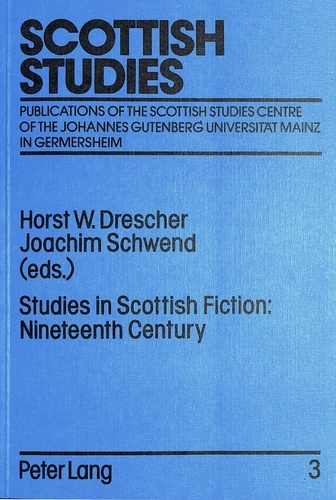
Non classé
Studies in Scottish Fiction:- Nineteenth Century
12/1985

Histoire internationale
Manufactories in Germany
12/1985

Non classé
Letters to Immanuel Bekker from Henriette Herz, S. Pobeheim and Anna Horkel
12/1972

Histoire et Philosophiesophie
WHY SEX MATTERS. A Darwinian Look at Human Behavior
01/2000
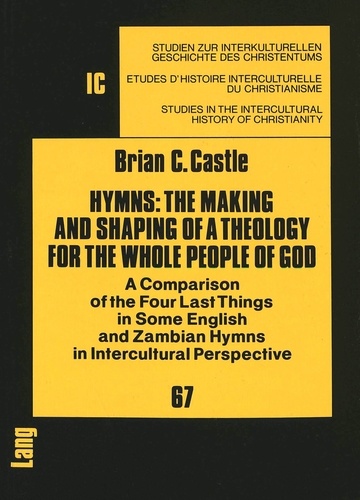
Non classé
Hymns: The Making and Shaping of a Theology for the Whole People of God
01/1991
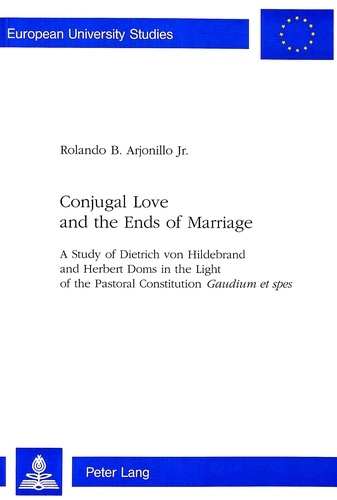
Religion
Conjugal Love and the Ends of Marriage
04/1998
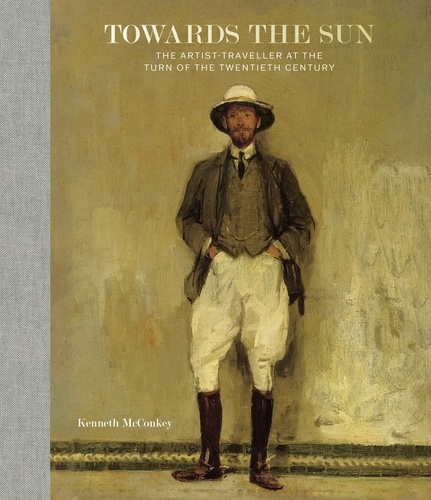
Monographies
Towards the Sun. The Artist - Traveller at the Turn of the Twentieth Century
11/2021
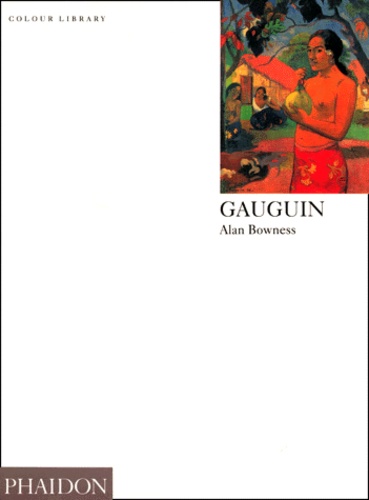
Beaux arts
Gauguin. Edition en langue anglaise
01/1991
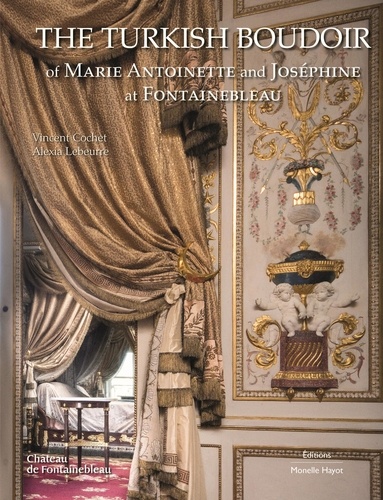
Architecture
The Turkish Boudoir of Marie Antoinette and Joséphine at Fontainebleau
03/2023
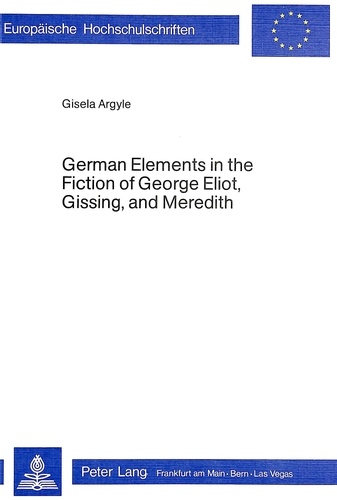
Non classé
German Elements in the Fiction of George Eliot, Gissing, and Meredith
12/1980
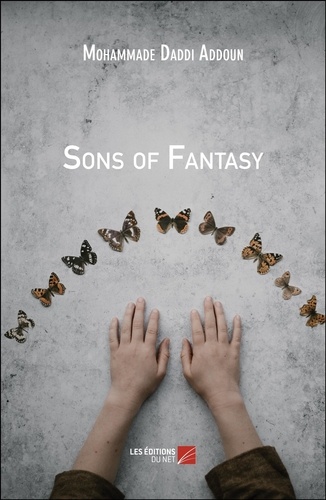
Littérature française
Sons of Fantasy
08/2018
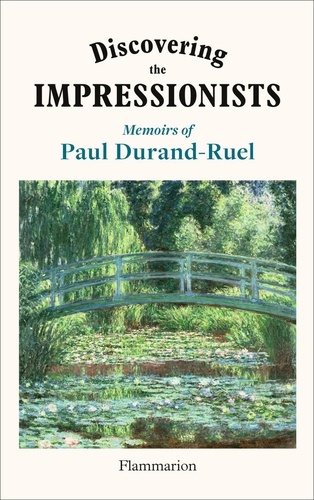
Ecrits sur l'art
Discovering the Impressionists. Memoirs of Paul Durand-Ruel
04/2024
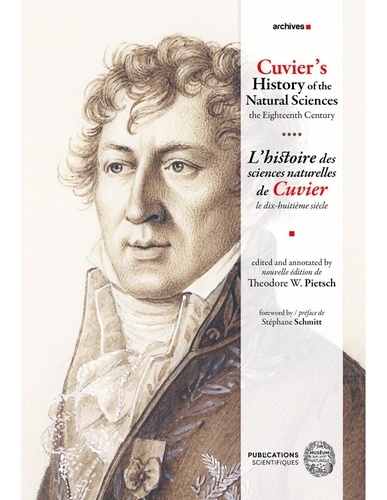
Histoire et philosophie des sc
Cuvier's History of the Natural Sciences - the Eighteenth Century
12/2023
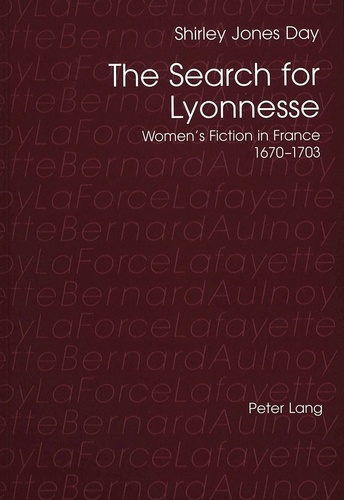
Non classé
The Search for Lyonnesse
07/1999
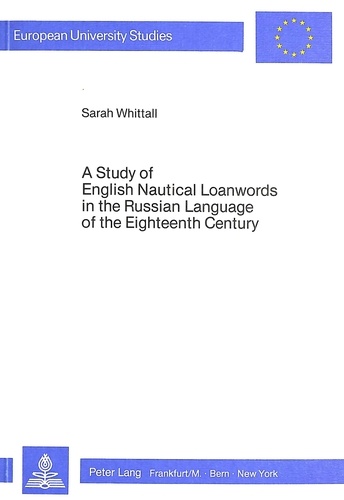
Non classé
A Study of English Nautical Loanwords in the Russian Language of the Eighteenth Century
12/1985

Scolaire lycée général et tech
Anglais Tle Challenges for the 21st century ! Niveau B2
05/2012
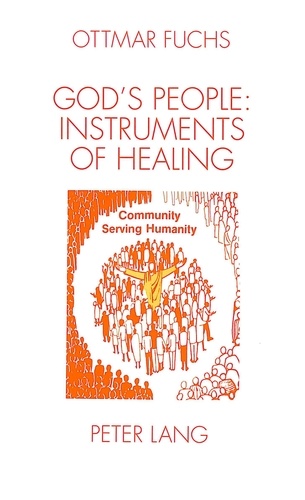
Religion
God's People: Instruments of Healing
07/1993
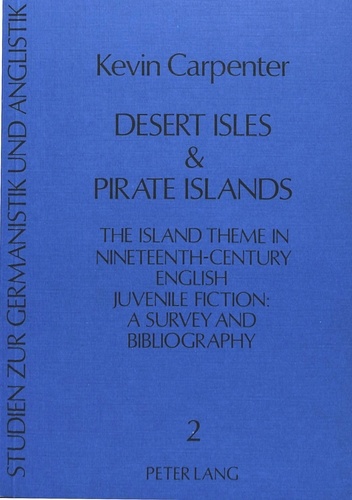
Non classé
Desert Isles & Pirate Islands
12/1984
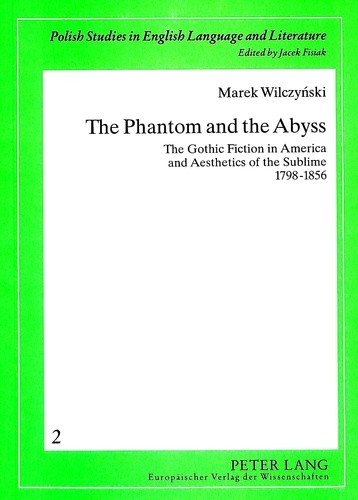
Non classé
The Phantom and the Abyss
11/1999
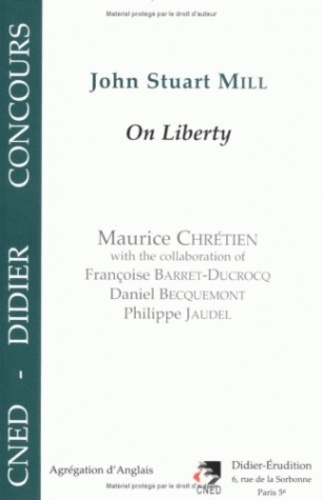
Anglais apprentissage
"On liberty" by John Stuart Mill
07/1997
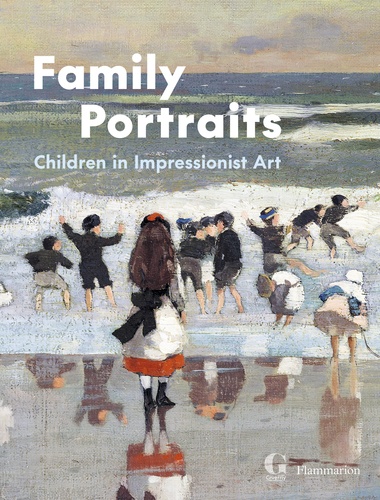
Ecrits sur l'art
Family Portraits. Children in Impressionist Art
04/2024

Sciences politiques
The Structure of Political Communication in the United Kingdom, the United States and the Federal Republic of Germany
11/1987

Histoire et Philosophiesophie
Thinking about Physics
01/2000
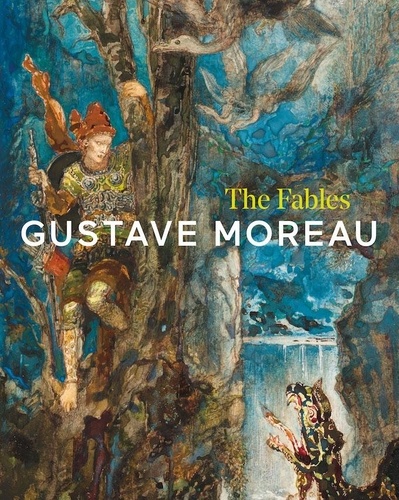
Monographies
Gustave Moreau. The Fables
08/2021
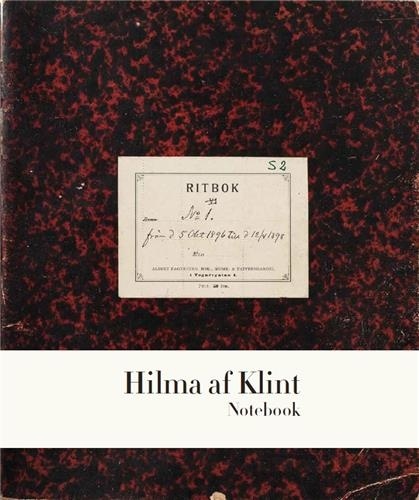
Monographies
Hilma af Klint. The Five Notebook 1
01/2022

Comics divers
Godzilla : the Half-Century War
06/2022

Beaux arts
New worlds
10/2012
